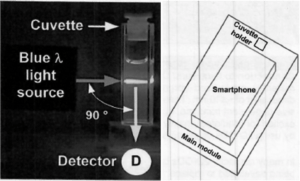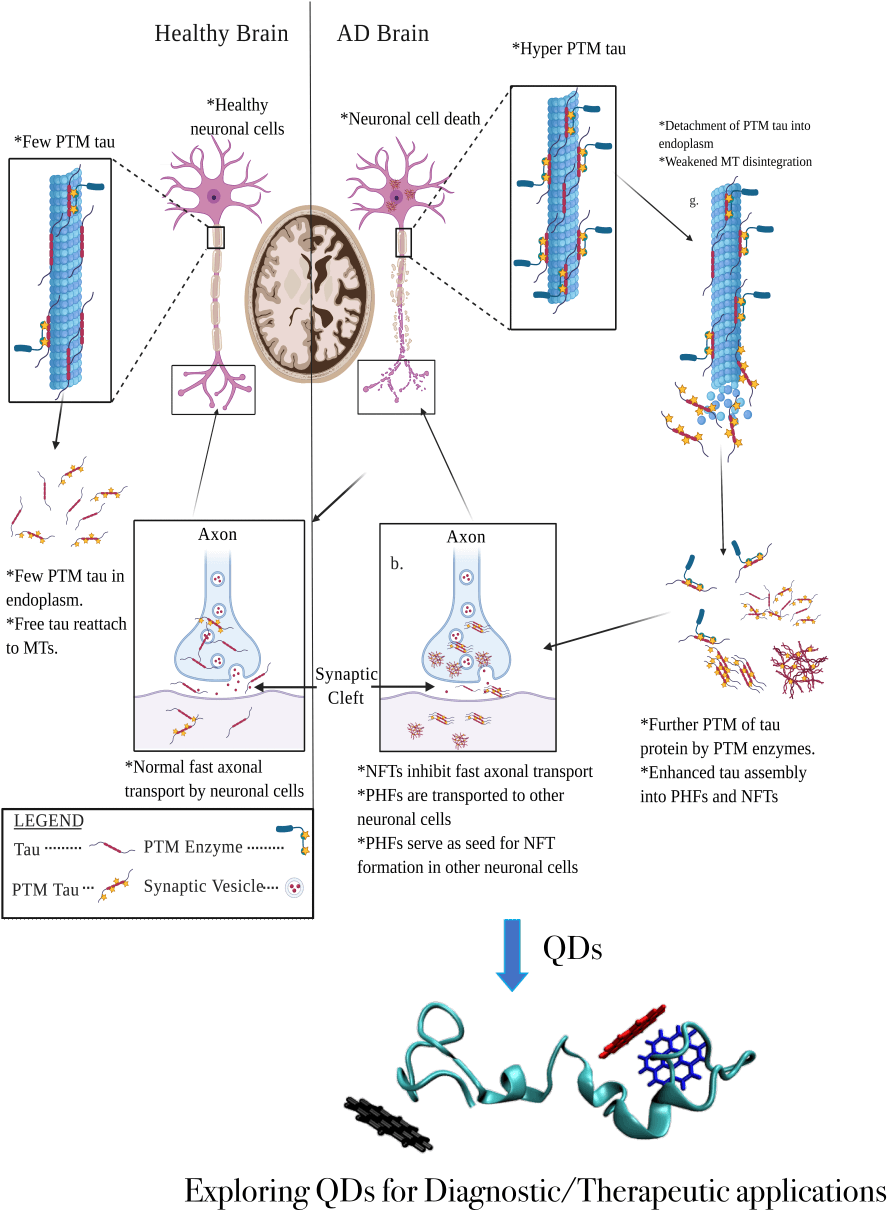Summary
Detecting heavy metals in water is essential to ensure clean drinking water and appropriate regulatory decisions following an accident (e.g., a spill) or an emergency. Traditionally, high-sensitivity detection of heavy metals requires bulky and costly (to purchase and operate) lab-based instruments. We propose developing a palm-sized, element-specific, highly-sensitive, battery-operated, smartphone-controlled system for on-site measurement to provide timely heavy metal concentration information. Two-dimensional quantum dots (2D-QDs) will be modified by adding molecular components specific to a heavy metal of interest; the interaction between the heavy metal and the chosen molecular component will result in visible fluorescence that can be measured. A high-sensitivity instrument will be developed around a battery-operated, portable microplasma, which will serve as a light source, and a battery-operated photo-detector. For measurement, modified 2D-QDs will be added to a contaminated water sample inside a cuvette placed in the instrument. When excited by the light emitted by the microplasma, the resultant fluorescence will indicate the presence and concentration of heavy metals in the water sample. Further, data acquisition electronics will be embedded in the instrument and a smartphone can be used to receive the digital data wirelessly. The development of this sensor can significantly improve the monitoring of heavy metals in waters in Canada and worldwide.

Figure 1. (Left) A concept diagram of the proposed instrumentation consisting of the light source, a cuvette with a water sample and a detector. (Right) The proposed fluorescence-measurement system will be palm-sized, battery operated and controlled by a smartphone.
Related Content

Identifying the Potential of Quantum Dots to Detect and Disrupt Tau Protein Aggregation in Alzheimer’s Disease
Specific tests for Alzheimer’s disease (AD) diagnosis are currently unavailable, despite AD being the leading cause of dementia. One hallmark of AD progression is the aggregation of tau proteins into paired helical filaments and neurofibrillary tangles, which is accelerated by the hyperphosphorylation of Tau proteins. However, the mechanism by which the hyperphosphorylated tau accelerates protein […]
March 27, 2023

Combined momentum- and real-space photoelectric probes of dimensionality-tuned Weyl semimetals
Summary The library of two-dimensional (2D) materials has recently grown to include topological insulators and semimetals. Their incorporation in special device geometries may lead to novel quantum electronics with enhanced functionalities. Weyl semimetals, in particular, offer the most robust form of topological protection. Recent results from our group indicate that Weyl nodes should be […]
March 12, 2019

Next Generation Quantum Sensors
We are developing new semiconductor p-n junctions and designing novel nanowire arrays that have the potential to significantly enhance the ability to detect light at the single photon level over an unprecedented wavelength range from the ultraviolet to infrared.
June 1, 2017

Quantum Sensing with Small Quantum Systems
Summary There are small quantum systems over which we have very good control and which have long lifetimes. Examples include the phosphorous (P) defect in silicon (Si) and the nitrogen vacancy (NV) defect in diamond. With P defect in Si, we focus on improving our understanding of the hyperpolarization mechanism to better enable engineering of […]
December 1, 2016

